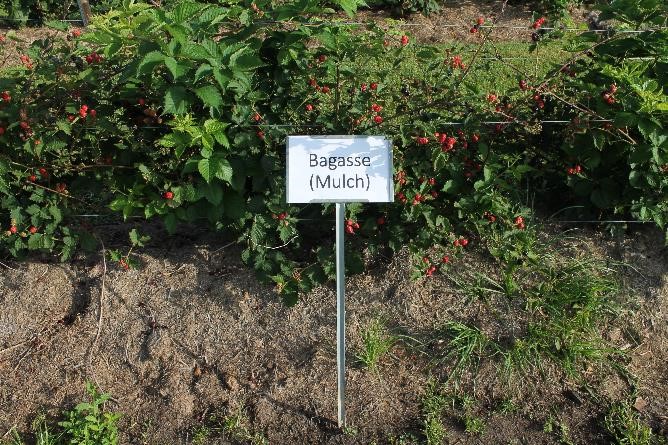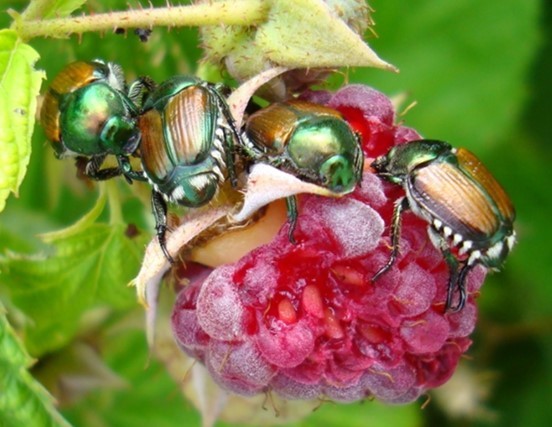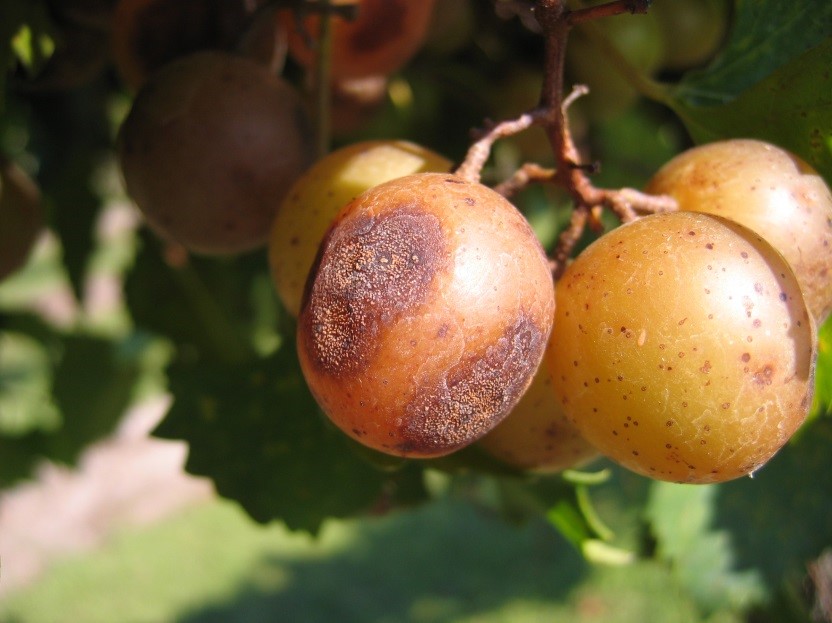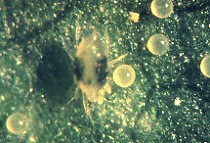Summer 2021
SMALL FRUIT NEWS – Vol. 21, No. 3
Published four times annually, Small Fruit News is sponsored by the Southern Region Small Fruit Consortium (SRSFC), www.smallfruits.org.
Download the PDF version of Small Fruit News, Summer 2021
-

Dr. Ron Strahan (Associate Professor, LSU Extension Weed Specialist), David Sexton (LSU Extension Research Associate Specialist), Stuart Gauthier (County Agent/Regional Horticulture Agent, LSU AgCenter) Weed management continues to be one of the major issues facing blackberry growers in Louisiana. Grower concerns prompted LSU AgCenter, Weed Scientist Dr. Ron Strahan and St. Martin Parish County Agent,…
Posted in: Summer 2021 -

Barclay Poling (ret.) and Mark Hoffmann, NC State University JULY Make key decisions about varieties and plant types for next season. Order your plants!! Remember, tips need to arrive 4-6 weeks prior to planting. Other immediate field operations: remove and recycle plastic – some growers use tobacco balers to compress the plastic before it goes…
Posted in: Summer 2021 -
This list was developed by Dr. Gina Fernandez, Small Fruit Specialist at NC State University. Chores and timing may be somewhat different in your area or for your cropping system. Plant growth and development Fruit development for floricane-fruiting types Rapid primocane growth Flower bud development for primocane-fruiting types later in summer Floricanes produce fruit and…
Posted in: Summer 2021 -

Kristin Woods, Ph.D.; Regional Extension Agent; Food Safety, Commercial Horticulture, Poultry; Alabama Cooperative Extension System; Auburn University Do you occasionally get questions about produce safety certifications and regulations, but don’t have time to take a multiday course? This free two hour course may be for you. The Small Fruit Certifications course provides Extension agents and…
Posted in: Summer 2021 -
Danyang Liu, Jayesh Samtani, Jeffrey Derr, Charles Johnson, Xuemei Zhang, Virginia Tech. and David Butler, University of Tennessee Anaerobic soil disinfestation (ASD) is a promising preplant method that could be a potential alternative to chemical fumigation. Anaerobic soil disinfestation involves incorporating carbon amendments into the soil of beds to be planted, covering the bed with…
Posted in: Summer 2021 -

Douglas G. Pfeiffer, Dept. Entomology, Virginia Tech, Blacksburg VA 24060, dgpfeiff@vt.edu We are now into the Japanese beetle (JB) season – This is an annual threat for us, though the severity varies quite a bit from year to year. Some invasive pests have been with us that we no longer think of them as invasive,…
Posted in: Summer 2021 -

Bill Cline, Entomology and Plant Pathology Department, NCSU Horticultural Crops Research Station, Castle Hayne, NC; and Phil Brannen, Plant Pathology Department and Shane Breeden, CAES, University of Georgia, Athens, GA Muscadine grapes are widely grown in the southeastern U.S. for wine and for commercial fresh market and pick-your-own sales. Production is increasing and has expanded…
Posted in: Summer 2021 -

Douglas G. Pfeiffer, Dept. Entomology, Virginia Tech, Blacksburg VA 24060, dgpfeiff@vt.edu There are two main spider mite pests that affect fruit crops in the east, but the most important one in our small fruit crops is the twospotted spider mite (TSM), Tetranychus urticae. This species is whitish to straw colored, with two large black spots. …
Posted in: Summer 2021 -
Dr. Amanda McWhirt, Horticulture Specialist, University of Arkansas We have conducted strawberry variety evaluations over the last two years to compare ten strawberry cultivars for yield, and fruit quality measures in Arkansas. Trials were conducted at the University of Arkansas Vegetable Research Station near Ft. Smith (zone 7b). In both years plug plants were planted…
Posted in: Summer 2021